Captain Mark Drewelow: The Vision Driving YachtAid Global
It’s rare to find a charitable organisation co-existing harmoniously as a natural bedfellow to a high performing business, with each one enhancing and building organically on the success of the other.
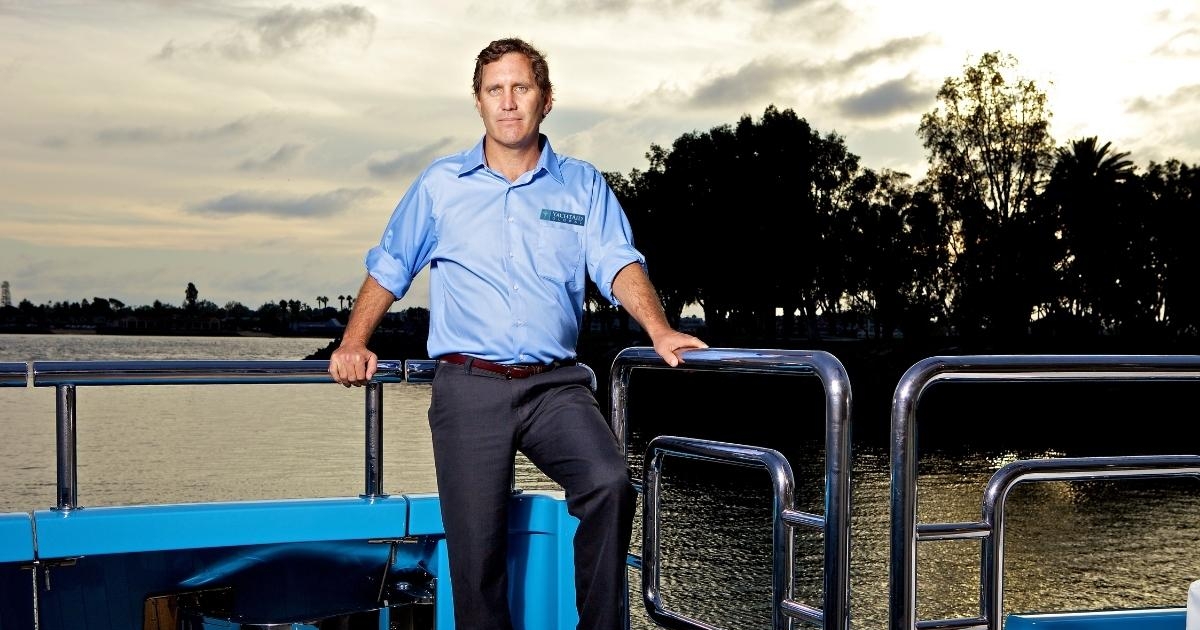
It is this natural synergy which bonds YachtAid Global, one of the world’s leading disaster relief and recovery networks, and C2C, the US West Coast’s premier superyacht agency.
The common thread between the two is Captain Mark Drewelow, whose vision 15 years ago to enlist his superyacht clients as first responders for disaster relief, humanitarian aid and conservation efforts around the globe has grown into a UN-recognised force for good.
To understand a little of Mark’s passion, drive and ambition, you need to cast back to a childhood which was spent sailing, surfing and literally living life on the ocean wave.
“I come from a military family, my father was a marine fighter pilot, and as the marine bases are always on the ocean, I grew up in Florida, Hawaii and Southern California,” says Mark, who is based in the San Diego area.
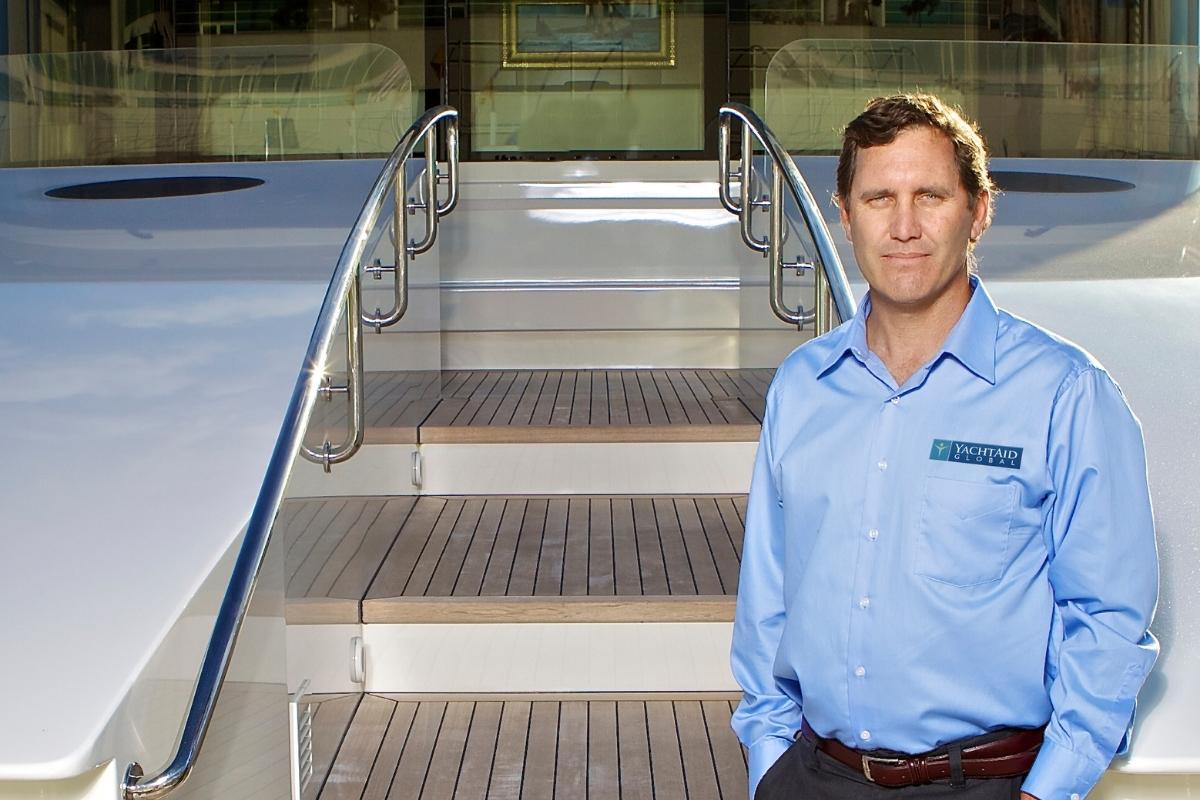
Captain Mark Drewelow
“I went sailing every weekend and grew up body surfing and surfing as a young kid, becoming a lifeguard at 15. I really believe the sea runs through my veins!”
Mark’s yachting career started by happy accident during a six month European bike tour which ended in southern Spain with him considering his best options on how to stay for longer.
“I camped on the beach in Puerto Banus and was told I could find work on the yachts in the harbour,” he recalls. “I got on my first yacht in the summer of 1984, making $100 a week, which was huge money then! I did two summer seasons in Europe and got to know exactly how the yachting industry worked.”
Within three years of landing a job as deckhand, he had graduated to mate engineer on a 107ft wooden motor yacht later renamed Dorothea, where he remained for 14 years, working his way up to captain. He came to the realisation after 10 years circumnavigating the world and taking in 70 countries that it was time to go ashore and come up with a way to give back to the communities and people he’d visited.
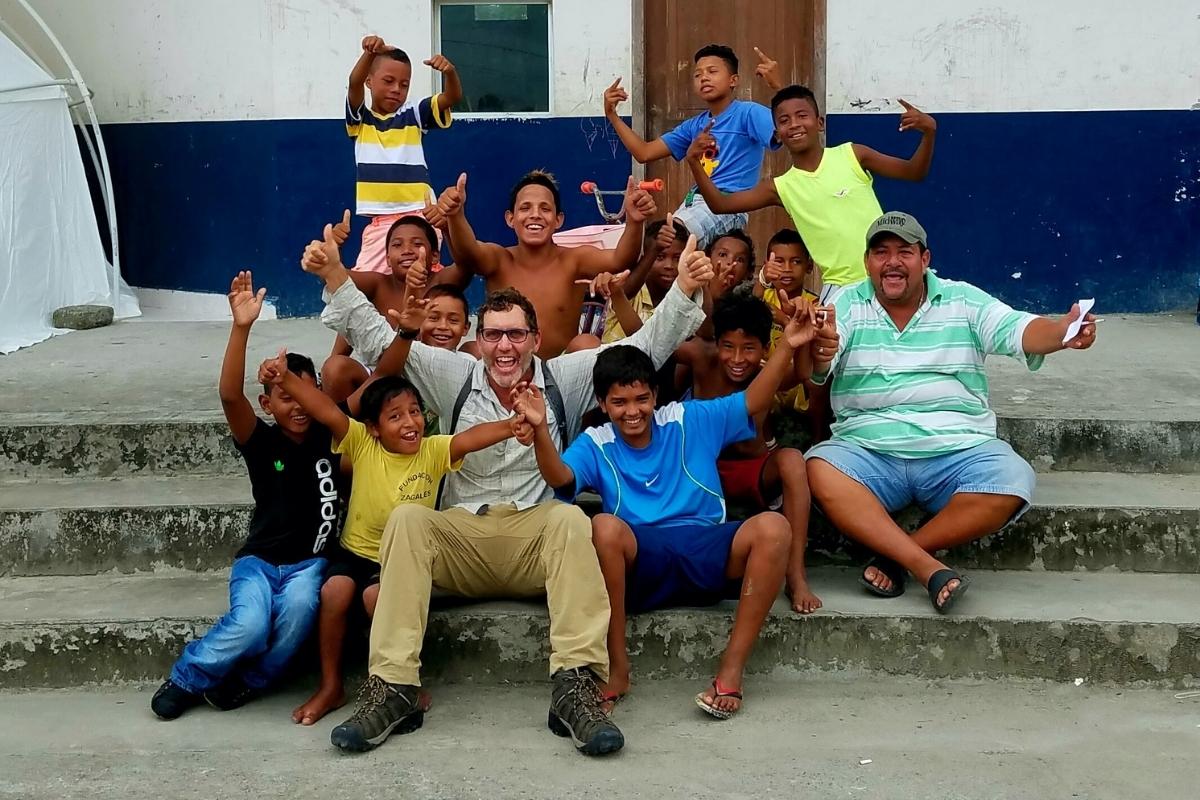
Captain Mark Drewelow in his element
Mark created C2C with an overriding desire to be corporately responsible and a clear objective to connect to the communities that had hosted him, his crew and his owners. That dream became a reality in May 2006 when he realised that C2C’s clients could become an efficient pipeline to move humanitarian and conservation aid around the world.
“We knew our client base was reliable and captains had a high level of trust in C2C that we were not going to take advantage of the situation,” he explains. “YachtAid Global was born and essentially, it takes advantage of inefficiencies in existing systems for human good.
“We get contacted by boats who want to join us and make a difference and we also reach out to those we know about a specific conservation programme in an area the boat is known to frequent to ask if the crew would like to get involved.
“When we see that an area is about to become a tsunami or disaster zone, we ping our network of boats to find out who can be ready to respond.”
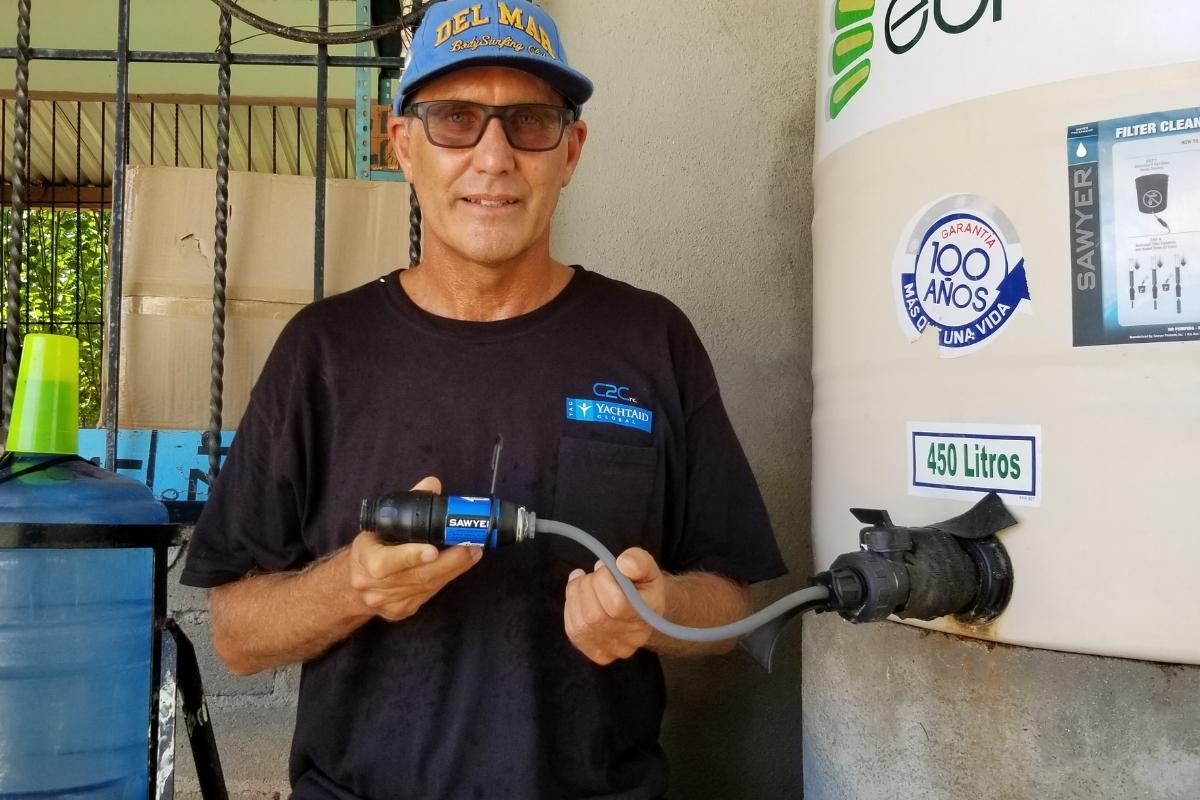
Sawyer water filters used in various operations
With hundreds of millions of dollars’ worth of state-of-the-art megayachts at their disposal - as well as all the additional assets on board - there are various levels of engagement that owners, crew and volunteers can sign up for.
“The very minimum is information, providing a contact, a donation of funds or a donation in kind,” says Mark. “At the other end of the spectrum, we are donated temporary use of assets.
“We’ve had more than one occasion when a superyacht is engaged with us doing high level disaster relief. As well as the vessel itself, it can extend to the onboard helicopter, the crew, flight operations, onboard communications and engineering capabilities. When a superyacht gets engaged in disaster relief, everything is on offer.”
YachtAid Global partners with over 200 leading yachting companies, relief networks, agencies and charities to coordinate relief, conservation and aid effort and Mark acknowledges that none of it would be possible without his highly dedicated core team of Captain Zoran Selakovic, Matt Zall and K.C. Wenger.
“It’s taken years of work to build up this worldwide network and YAG is now known at a UN level in the disaster relief space and is gaining more of a following in the conservation space too,” explains Mark.
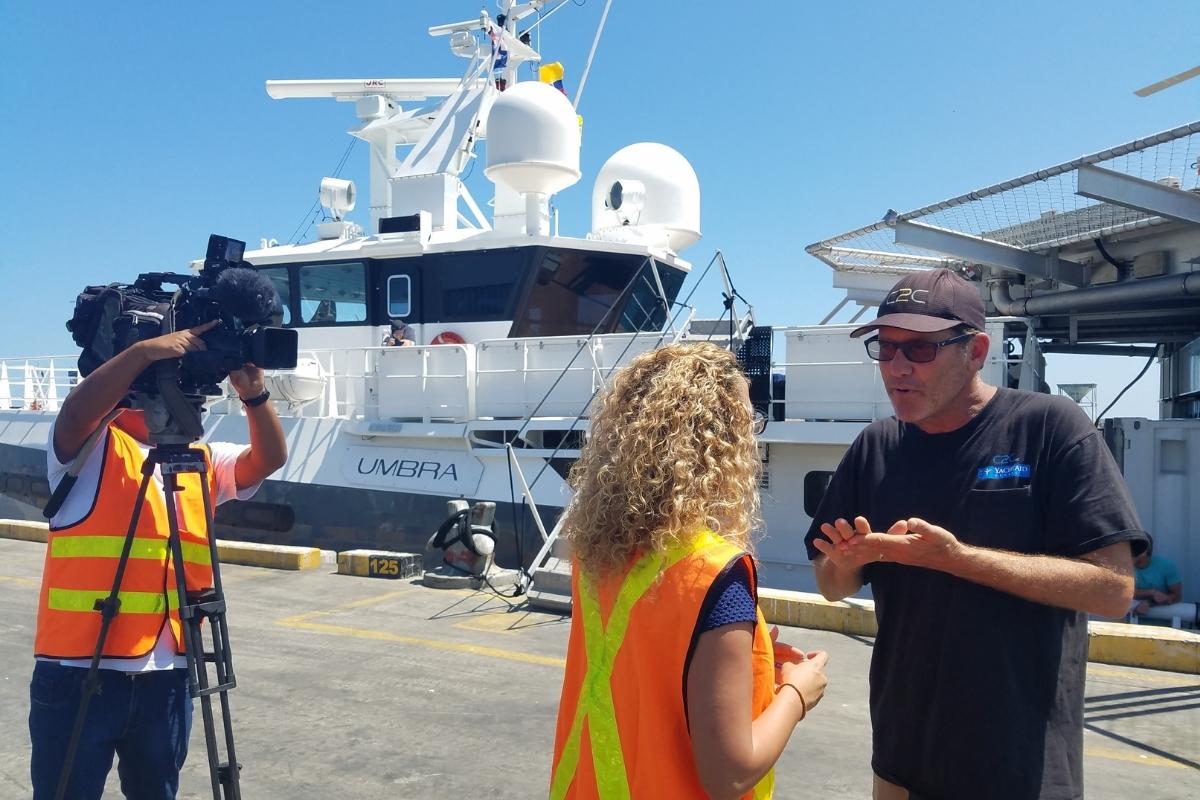
MY Umbra was used in the Ecuador relief operation
“The network of people involved with us is growing on its own. We have an evergreen programme of constant outreach to build that network out, based on where the yacht traffic is going. Our efforts are focused on where most of the yacht traffic is, if these are areas that could possibly need some help, as well as mainstream places too.
“Putting together a first response to a disaster effort is where the time consuming part comes in, it’s an all hands on, crazy, emotional time for us.”
Mark’s passion for YachtAid Global knows no bounds. He self-funded the charity for 11 years both personally and through C2C, adding: “We never wanted to get stuck for the sake of a few thousand dollars so I would write the cheque and make it happen.
“In the last three years, the fundraising mechanism has kicked in and is stable so my personal financial support of YAG has stopped. Donations come in from the yachting community and the public and we create specific projects for our YAG clients based on what they want to do, with proposals put in front of owners or family offices detailing exactly what is involved.”
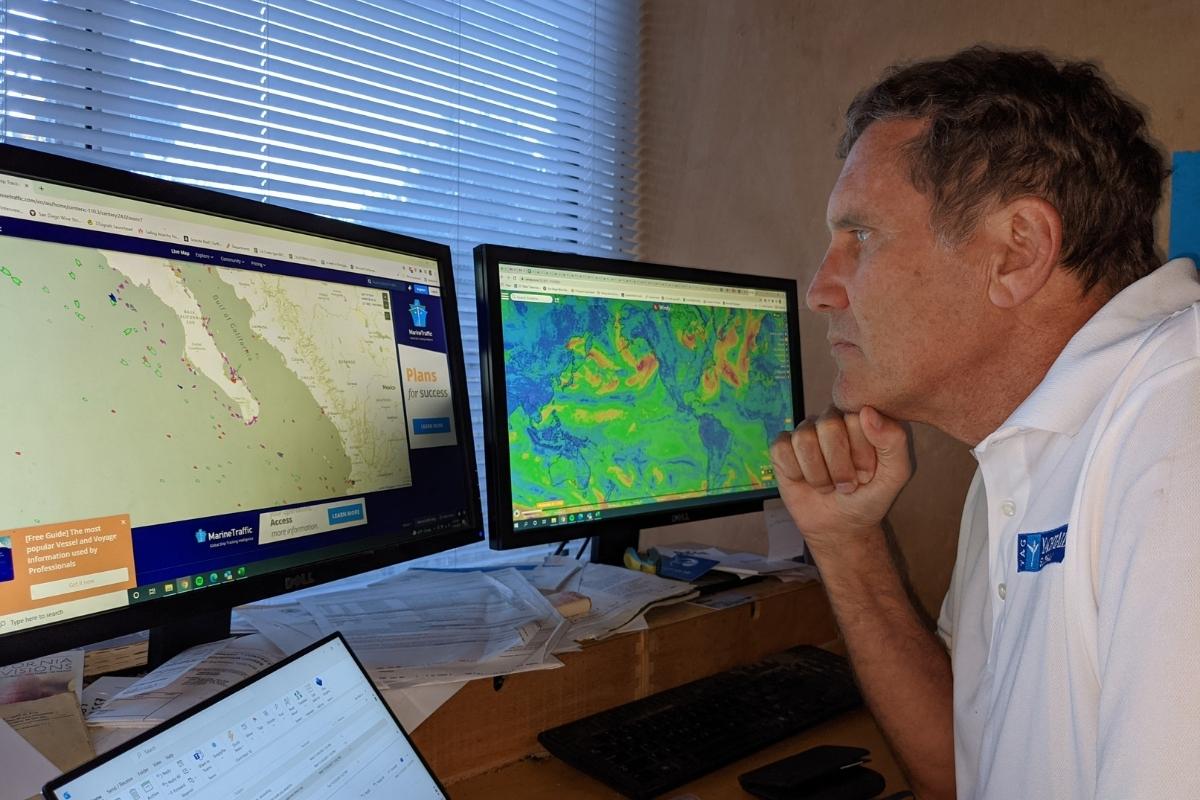
With so many potential causes to support, it can be a tough call to pinpoint exactly where aid should be directed and a key criterion is whether the location is frequented by superyachts.
“If not, we have to then look at how we can add value by not being there or having people on the ground,” adds Mark. “Sometimes making intros and stepping aside is a huge benefit to people in getting things done. What guides us is providing the right aid for the right people at the right time. If one of those pillars is not in place, the project is doomed to failure.”
This decision-making matrix has been a winner thus far; since 2006, more than 250 yachts have been involved in 175 projects across 25 countries but it was only six years ago that YAG’s disaster relief programme for Cyclone Pam in Vanuatu, an archipelago of over 80 islands in the South Pacific, really put the charity on the map.
“A big turning point happened when MY Dragonfly asked us what they could do to help,” says Mark. “At the time, we weren’t really known by the UN or disaster management in Fiji and it was a huge undertaking to get the authorities to understand our capabilities.
“That programme was publicised and brought attention to the fact that superyachts could be used for disaster relief. It was a significant milestone in helping us develop long term relationships in Vanuatu which still continue today.”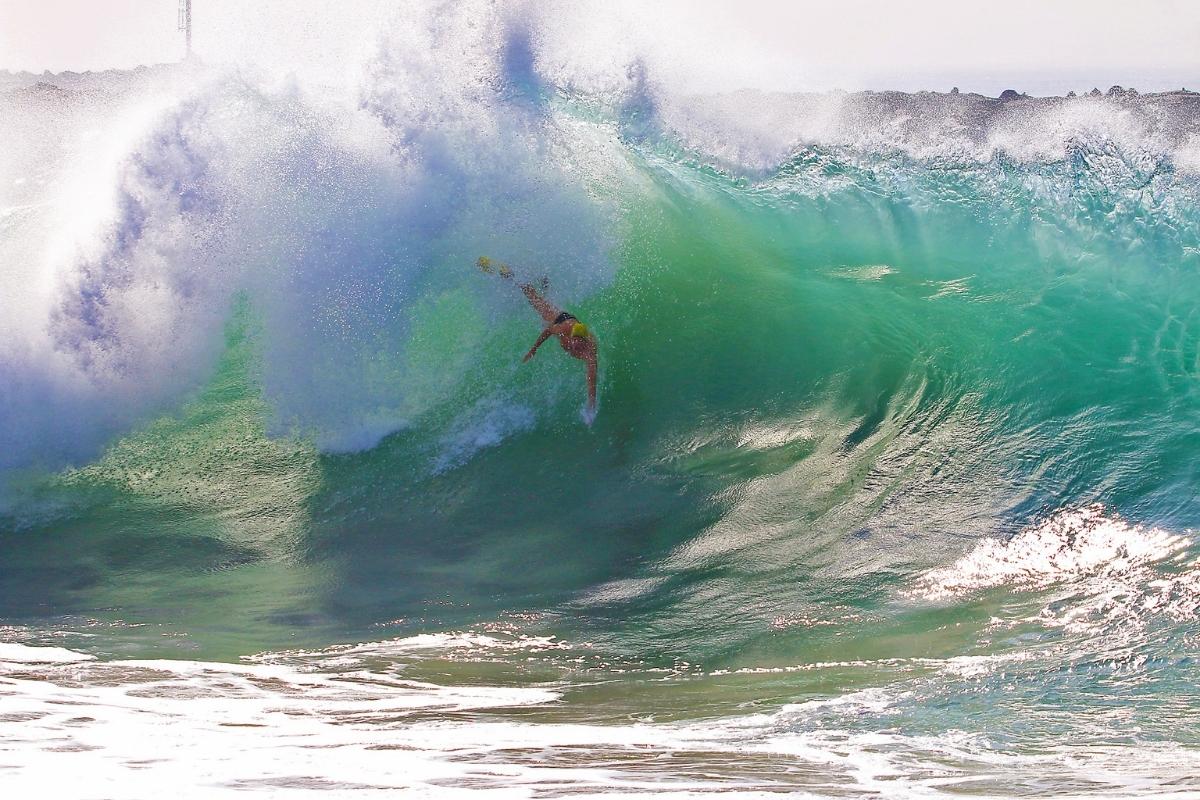
With multiple other ongoing projects including operations Jade in Central America, Beagle in the Galapagos, and Viti in Fiji, a couple of success stories stand out. Operation Quartz in Porto Escondido in Mexico provides filtered drinking water to thousands of people daily and Operation Topaz in The Bahamas is a long-term project to repair damage caused by Hurricane Dorian. YAG’s latest renovation work includes completion of a school playground.
It’s a natural human desire to want to help someone in crisis yet many might think that the average yacht owner is too busy with their own demanding lives to worry. In Mark’s experience, however, this could not be further from the truth. “There are always obstacles and challenges, from changing schedules to weather issues to things breaking, but they always want to do more,” he says.
“Owners realise that they have an obligation to help those in the communities they visit. As an industry, we have an obligation to care and give back to the people that give us their land, their sea and their spirit.
“The biggest impact we can make is through education. If we can educate kids to grow up understanding the importance of humanitarian issues and conservation, that’s the key. When kids tell their parents what to do, that works.”
Mark’s can-do attitude extends to his downtime too, and he surprised himself in recent years by becoming a champion bodysurfer. “I’ve been bodysurfing since I was five, I’m competitive but I only entered my first competition in 2016 in Brazil,” he recalls with a laugh.
“I was the old guy, the grandpa, but I finished in fourth place! The following year, I entered the World Bodysurfing Championships in the US and won my age division as a dark horse.
“I’m in the water every morning catching waves, it’s the only time I’m unplugged. I’m now in with the chance of winning the California BodySurf Tour, where I’m ranked third and am competing against kids young enough to be my grandkids!”
Read Next:
Meet Artefact Captain Aaron T. Clark
Alex Rogers of REV Ocean is Saving the Seas
A Collaboration Between Rossinavi and Parley
